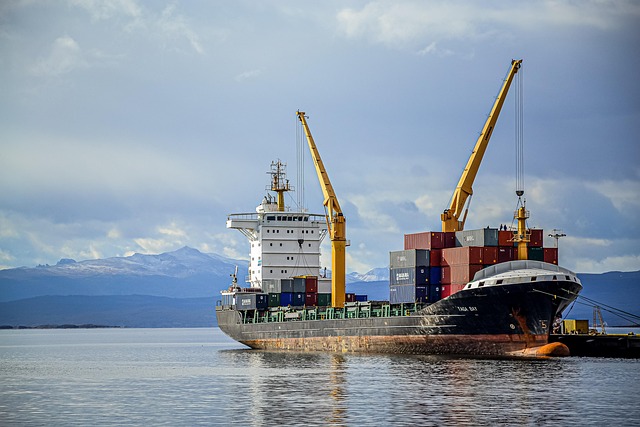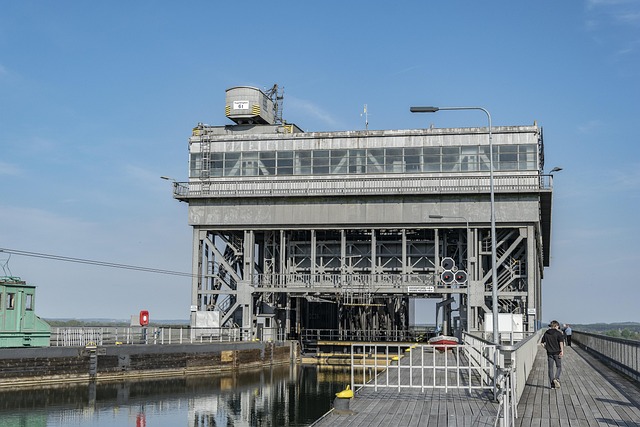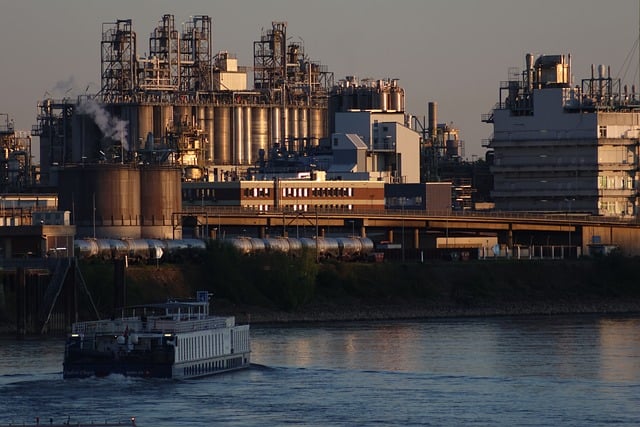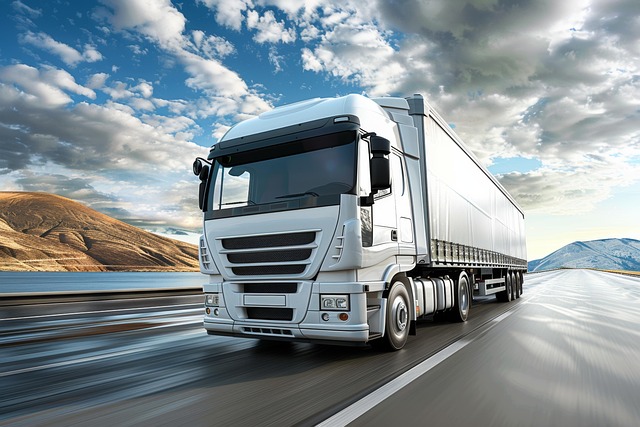Conex boxes, renowned for their robust design and versatility, initially served long-distance goods transport but have evolved into adaptable spaces. To enhance their structural integrity, businesses upgrade conex boxes with reinforced flooring options like HDPE or steel, catering to diverse industry needs from storage to modular construction. These modifications overcome traditional floor systems' limitations, offering increased load capacity, customization, and durability for safer, more efficient workspaces, particularly in industrial and commercial settings.
Conex boxes, beloved for their versatility and storage prowess, often face challenges with traditional flooring. These include limited load-bearing capacity, leading to instability and safety hazards, especially in industrial settings. This article delves into the crucial upgrade path for Conex box flooring, focusing on enhancing its load-bearing capabilities. We explore materials, design considerations, and the profound benefits this brings, from improved safety to increased operational efficiency.
- Understanding Conex Box Flooring: The Basics
- Challenges with Traditional Conex Box Floors
- Upgrading for Enhanced Load-Bearing Capacity
- Materials and Design Considerations
- Benefits of Increased Load Bearing: Safety and Efficiency
Understanding Conex Box Flooring: The Basics

Conex boxes, also known as shipping containers, have become a versatile and essential component in various industries due to their robust design and versatility. These metal enclosures are initially designed for safe and efficient transportation of goods over long distances. With their sturdy construction, they offer more than just a means of shipment; they can be transformed into functional spaces tailored to specific needs.
Understanding the fundamentals of Conex box flooring is crucial when considering upgrades for improved load-bearing capacity. These containers are typically constructed with a robust frame and floor panels designed to withstand significant weight. Floor modifications, such as adding reinforced decking or implementing specialized flooring solutions, can enhance their structural integrity further. Whether you’re looking to buy a new conex box, rent one for temporary use, or explore options like used conex boxes for sale, it’s essential to consider the various modifications available to cater to specific load requirements, making them ideal for storage, office spaces, or even modular construction on worksites.
Challenges with Traditional Conex Box Floors

Traditional conex box floors often face several challenges that can hinder their effectiveness and safety, especially in demanding industrial or commercial settings. One of the primary concerns is their limited load-bearing capacity, which may not be sufficient to support heavier equipment or materials. This is particularly true for older models or those used extensively, where structural integrity can degrade over time. Moreover, traditional floors might lack customization options, making it difficult to adapt them to unique workspace requirements.
These flooring systems also typically offer limited protection against environmental factors like moisture and rust, which can compromise their longevity. Additionally, the process of installing or replacing traditional conex box floors can be intricate and time-consuming, often requiring specialized equipment and skilled labor. To address these issues, many businesses are now opting for upgraded conex box flooring solutions that prioritize strength, adaptability, and durability.
Upgrading for Enhanced Load-Bearing Capacity

Upgrading Conex Boxes for Enhanced Load-Bearing Capacity
When it comes to strengthening your storage and transportation solutions, upgrading to a higher load-bearing capacity is a strategic move. Conex boxes, renowned for their versatility and durability, offer an excellent platform for such enhancements. By incorporating robust structural modifications, these containers can handle significantly heavier loads than their standard counterparts. This transformation is particularly beneficial in industries where heavy equipment or oversized materials need secure containment.
Whether you’re looking to buy a new conex box with enhanced specifications, rent one for temporary needs, or explore options for used or wholesale conex boxes, the market offers various choices. Conex box suppliers and dealers provide a range of services, including custom modifications and conversions tailored to specific requirements. From changing dimensions to incorporating additional accessories, these upgrades ensure your conex boxes can adapt to modern demands while maintaining their iconic versatility as shipping containers.
Materials and Design Considerations

When upgrading flooring in a conex box, material selection is paramount for enhancing its load-bearing capacity. Opting for robust and durable materials like high-density polyethylene (HDPE) or steel can significantly strengthen the structural integrity of the container. These materials are not only resistant to rust and corrosion but also provide superior strength-to-weight ratios, ensuring the conex box can support heavier loads without compromising safety.
Design considerations play a crucial role in maximizing load capacity. Factors such as floor thickness, joint construction, and reinforcement mechanisms should be meticulously planned. Using modular flooring systems that interlock seamlessly allows for increased stability and distributes weight evenly across the surface. Additionally, incorporating reinforced corners and frames further enhances the overall strength of the conex box, making it suitable for various applications, from storage to transport and temporary office spaces.
Benefits of Increased Load Bearing: Safety and Efficiency

Upgrading to higher load-bearing capacity in conex boxes offers a multitude of benefits that enhance both safety and efficiency on various worksites. A crucial aspect of these metal containers, originally designed for shipping and storage, is their versatility—a quality that becomes even more prominent when their structural integrity is enhanced. By increasing the load-bearing capacity, connections between boxes become stronger, allowing them to support heavier equipment, additional gear, or extra personnel. This not only reduces the risk of accidents due to structural failures but also optimizes space utilization, making it ideal for cramped worksites.
Moreover, conex box upgrades enable modularity and adaptability, which are essential in dynamic work environments. With enhanced load-bearing capabilities, these containers can be reconfigured into various layouts, serving as offices, storage units, or even temporary living quarters. This flexibility is particularly valuable for businesses renting equipment or managing on-site projects with fluctuating demands. Additionally, the improved safety features translate to cost savings by reducing the risk of damage to both the conex boxes and the surrounding environment, making them a sensible investment for any organization looking to streamline its operations efficiently.
Conex box flooring upgrades, focusing on enhancing load-bearing capacity, offer significant safety and efficiency improvements. By addressing traditional challenges, these upgrades enable heavier loads, stronger structures, and more versatile applications. With careful material selection and thoughtful design considerations, conex box floors can become the backbone of robust, efficient, and safe environments. This evolution in flooring technology ensures a brighter future for these versatile structures, meeting the demands of modern industrial needs.
